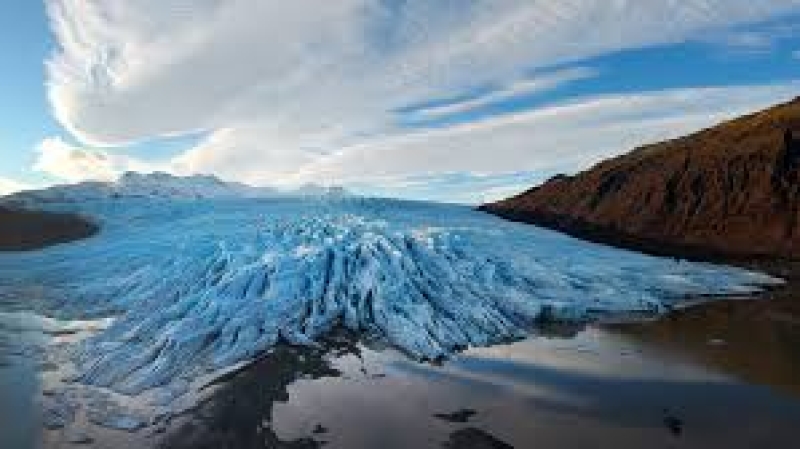- CA Yunus pays homage to Liberation War martyrs on Victory Day |
- Bangladesh capital market extends losing streak for second day |
- Bangladesh celebrates Victory Day Tuesday |
- 'Different govts presented history based on their own ideologies': JU VC |
Climate Change Shrinks Glaciers Faster, 7 Trillion Tons Lost Since 2000

The rapid retreat of the world’s mountain glaciers is being driven by climate change, with a groundbreaking new study revealing that glaciers are melting at an accelerated pace. According to the research, glaciers are now shrinking more than twice as fast as they did in the early 2000s.
Between 2000 and 2011, the global glaciers lost approximately 255 billion tons (231 billion metric tons) of ice annually. However, this rate increased significantly over the following decade, reaching an average of 346 billion tons (314 billion metric tons) per year. In 2023, the most recent year examined, the glacier melt accelerated to an alarming 604 billion tons (548 billion metric tons), setting a new record.
The study, published in Nature this week, is part of an international collaboration that incorporated 233 estimates of glacier mass changes. The findings show that since 2000, the world’s glaciers have shed over 7 trillion tons (6.5 trillion metric tons) of ice.
“The rate of ice loss is accelerating, which should be a significant cause for concern,” said William Colgan, a glaciologist at the Geological Survey of Denmark and Greenland and one of the study’s co-authors. "We’ve long known glaciers are retreating, but this rapid acceleration is troubling.”
Alaska’s glaciers have been melting the fastest, with the region losing approximately 67 billion tons (61 billion metric tons) of ice annually, the highest of any of the 19 regions examined. In Europe, glaciers in Central Europe have lost the highest percentage of ice, shrinking by 39% since 2000, with the Alps showing some of the most alarming losses. "The Alps are suffering more than other mountain ranges," Colgan explained, citing increased summer temperatures as a key factor.
Just 15 years ago, scientists were most concerned about glaciers in the Andes and Patagonia, but the Alps’ accelerated melting has now raised more immediate concerns. “At this rate, we could see the Alps virtually disappear,” Colgan warned.
According to Gwenn Flowers, a professor of Earth Sciences at Simon Fraser University, “Glaciers are unbiased indicators of climate change, and their rapid decline reveals an undeniable pattern of accelerated warming.” Ted Scambos, an ice scientist at the University of Colorado, added, “The shrinking of glaciers is not just a local phenomenon. It’s a direct result of human-driven climate change, fueled by fossil fuel emissions.”
Outside experts called the findings both sobering and expected, given the clear link between glacier loss and global warming. While some regions, particularly in the U.S. West, currently benefit from the additional water supplied by melting glaciers, Colgan warned that these benefits will soon be outweighed by the consequences as glaciers pass the point of no return.
The melting glaciers contribute significantly to rising sea levels, surpassing the ice loss from Greenland and Antarctica. The expansion of water as it warms remains the primary driver of sea-level rise, but glacier melt is second in magnitude.
The study’s findings reinforce previous research, though with more comprehensive data. This data will likely lead to even more dire predictions about future glacier loss, as ongoing warming exacerbates the issue. “Losing 5.5% of global ice volume in just over 20 years is unsustainable," Colgan said. "We are reaching a tipping point.”
With the continued acceleration of glacier loss, Colgan warned that 604 billion tons of ice loss in a year might become the new norm within the next decade. “Mountain glaciers can shift to a rapid, collective ice loss, and once that tipping point is reached, it happens fast,” he concluded.

